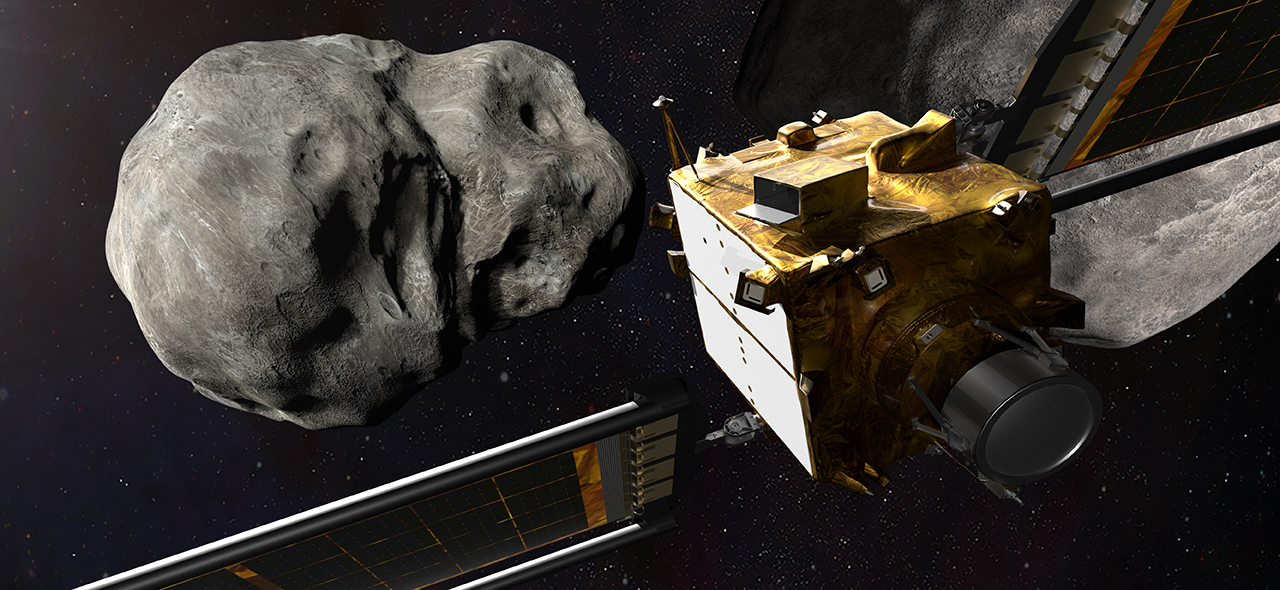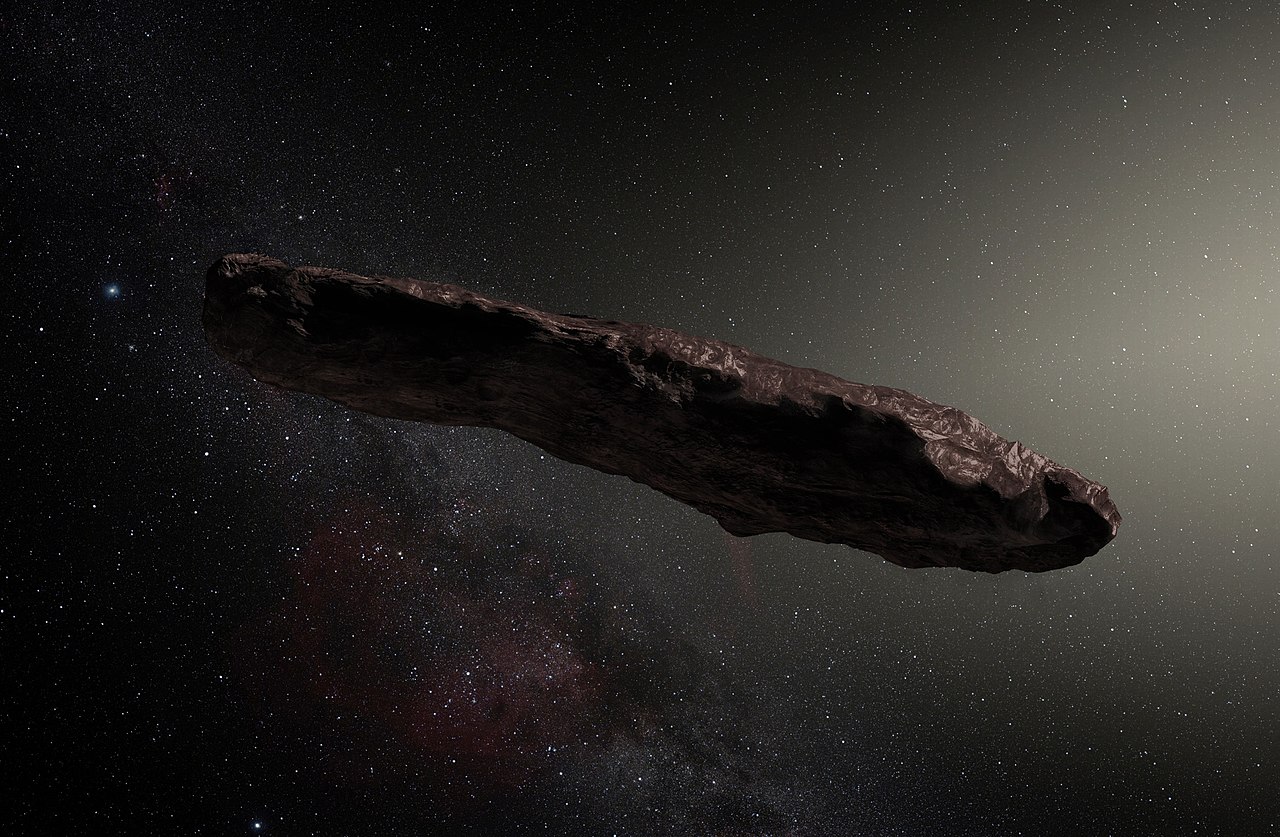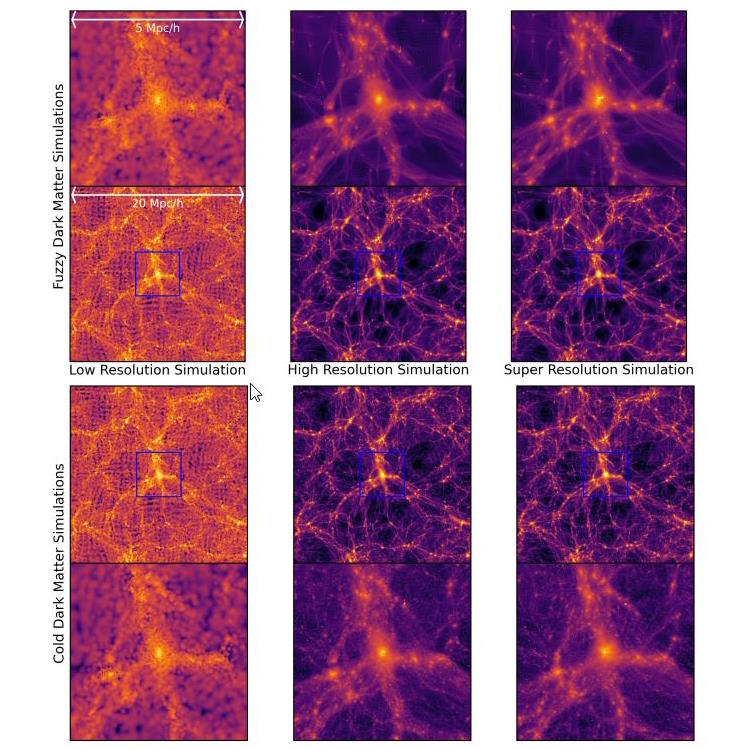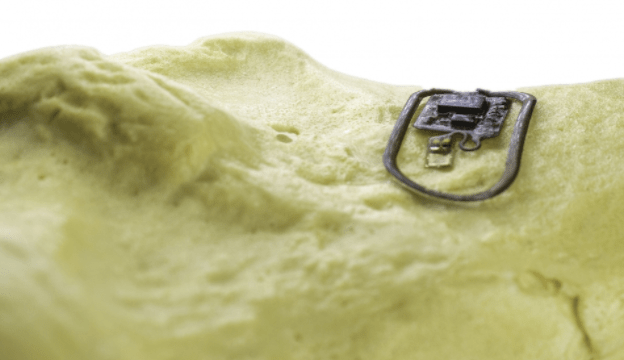NASA launches DART probe to crash into an asteroid

- NASA has launched its DART probe, which is set to test our ability to deflect Earth-bound asteroids by crashing into one in 2022.
- The success of the mission will be determined by the resulting changes in the asteroid's orbit, which can be measured from Earth.
- The mission will also test a number of new technologies.
From wiping out the dinosaurs to providing the plot lines to a decent Bruce Willis film, the image of an asteroid striking the Earth manages to both terrify and intrigue us. It’s one of those cosmic catastrophes that we know will happen to Earth someday, yet it manages to be abstract enough not to bother most people on a daily basis.
Luckily for those of us who don’t want to have to worry about such things, NASA’s Planetary Defense Coordination Office (PDCO) exists to help learn about and protect us from possible risks to the Earth from space, including giant rocks.
The organization recently took their mission a step further with the launch of a spacecraft with a unique mission. On November 4, NASA launched the Double Asteroid Redirection Test mission, or DART, from a site in California. A year from now, it will destroy itself in a spectacular fashion by crashing into an asteroid, potentially proving that humanity can protect itself from an asteroid threat.
To boldly crash where no probe has crashed before
For cinematic effect, most films about diverting an asteroid tend to go to the biggest and most dramatic way to get rid of them — a nuclear bomb, for example. However, this is actually a fairly poor way to go about getting rid of an asteroid because you are likely to just create a bunch of smaller ones that could still pose a risk to Earth. A better method, and the one that DART is testing out, is called “kinetic deflection,” which involves moving the asteroid out of the way long before it gets near the Earth.
This mission is focusing on the Great Pyramid-sized asteroid named Dimorphos, which is Greek for “two forms.” Dimorphos orbits another asteroid, Didymos, and never gets closer than 6.8 million miles from the Earth. It takes 11 hours and 55 minutes for Dimorphos to make one orbit around its partner.
The DART probe, which is expected to arrive at its destination between September 26 and October 1 of next year, will deploy a camera-carrying satellite built by the Italian Space Agency called LICIACube to record the crash. DART will then turn toward Dimorphos and smash into it at approximately 15,000 miles per hour.
By comparing the way Dimorphos goes about its orbit before and after impact, scientists will be able to determine how well kinetic deflection works as a tool for deflecting asteroids. Additionally, information about the composition of the asteroid can be gathered by paying attention to how much debris the crash kicks up.
The mission will be considered a success if the orbital period is reduced by at least 73 seconds, though Dr. Andrew Rivkin of the Johns Hopkins University Applied Physics Laboratory explained to the New York Times that a reduction of 10 minutes is more likely.
It should be said that Dimorphos and Didymos pose no threat to the Earth and there is no chance that the effects of this mission cause them to become risks to humanity — this mission isn’t the kind you see in the movies. But the data collected from this mission could be used to help deflect an asteroid that does pose a threat to Earth in the future.
A follow-up mission operated by the European Space Agency will be carried out in 2024 to examine the results of this one up close and in person. At the same time as it is testing whether we can save the world by giving asteroids a little push, the probe will be used to test a number of new systems and scientific instruments that may become commonplace in future missions.
Because the target is a comparatively small, dim rock, a new navigation system — called the Small-body Maneuvering Autonomous Real Time Navigation (SMART Nav) — has been developed to help the probe orient itself to the target. The final approach to the asteroid will be made without operator assistance.
Part of the trip will be spent testing a new “solar-powered ion propulsion” known as the “Evolutionary Xenon Thruster–Commercial (NEXT-C).” Lastly, the entire thing is powered by next-generation solar arrays that produce three times as much power as older models.
Near-Earth asteroids
NASA has catalogued about 10,000 near-Earth asteroids over 460 feet across. While we tend to think of apocalyptic asteroids as being much larger than that, even one of these sizes could level a city and lay surrounding areas to waste. It is suspected that there are 15,000 similar objects that we have yet to discover.
But rest easy, as no known asteroid poses a risk to Earth for the next century. If we find one that does, we might just be able to throw another DART at it.





